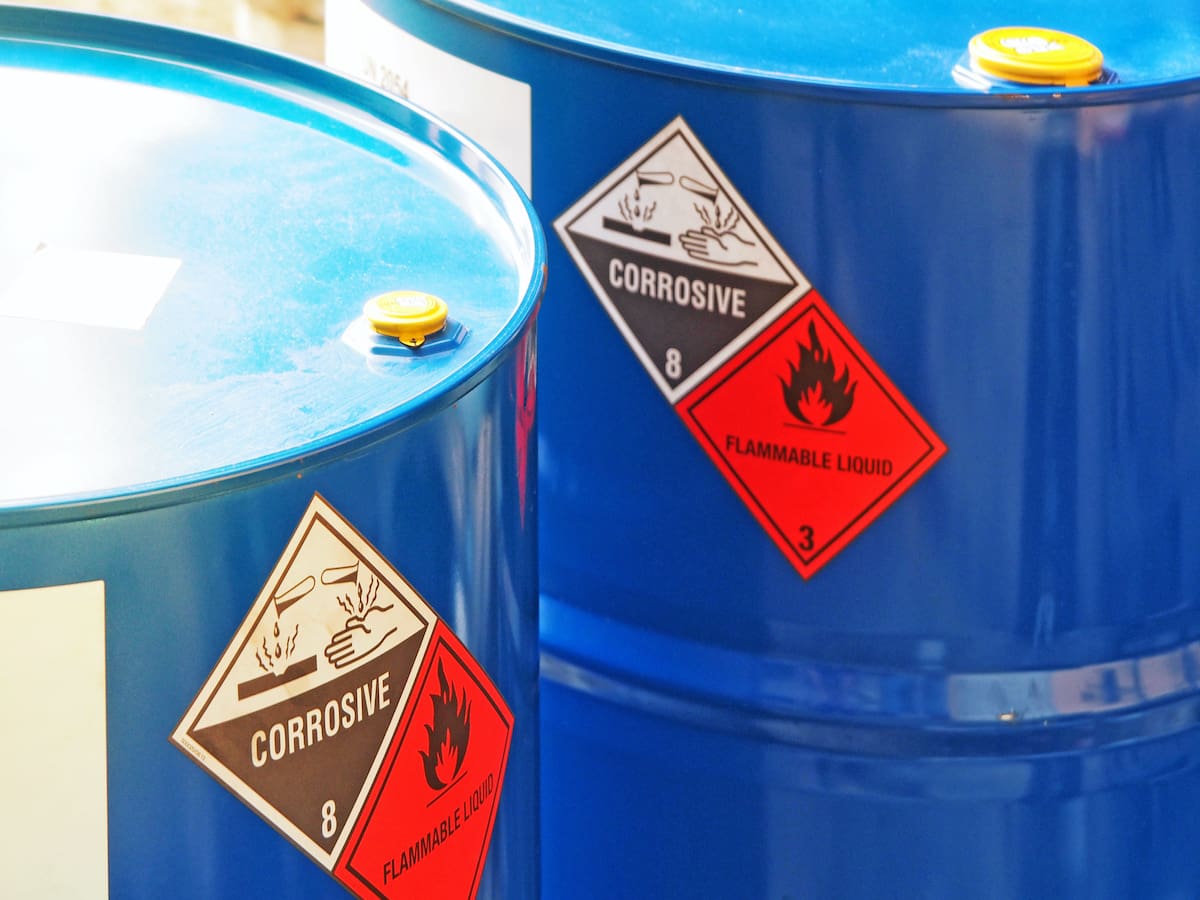In the world of hazardous chemicals and GHS, there’s a lot to take in. The first thing to understand about GHS is that classification is the starting point and the heart of the system.
The Globally Harmonized System (GHS) of Classification and Labelling of Chemicals defines and classifies the hazards of chemical products, and communicates health and safety information on labels and safety data sheets.
The goal is for the same set of rules for classifying hazards, and the same format and content for labels and safety data sheets (SDS) to be adopted and used around the world, creating a universal labeling system.
This matters not only for compliance and safety but also to avoid classification errors that could hurt your bottom line.
When items are over-classified, it can lead to lost sales and markets; excessive costs for shipping, compliance, equipment, and training; or incorrect occupational risk assessments. On the other hand, when items are under-classified, it causes health and safety risks while incurring additional fines, fees, and penalties.
Ultimately, classifying hazardous materials comes down to three things: understanding the material’s exact chemical makeup, applying guidelines from the most recent revised edition of GHS to determine class, and then using the same guidelines to determine the category.
GHS Classes & Categories
The two major aspects of GHS are 1) classifications of the hazards in classes and categories and 2) communicating these hazards clearly with safety data sheets (SDSs) and labels.
Before you can communicate any hazards, you first need to understand what qualifies as a hazard and what hazards are present. To begin, the GHS has three classes of hazards: health, physical, and environmental.
Health hazards are those that pose risk to internal human health while physical hazards pose risk to the human body. Think of it this way: a health hazard could lead to trouble breathing, while a physical hazard could lead to a serious fire. Environmental hazards, on the other hand, refer to aquatic toxicity.
The first step is to determine which class your materials fall into. Once that’s identified, you can begin determining the categories the materials qualify for. You can find all of the criteria, hazard categories, and communication elements in this comprehensive list.
GHS Classification of Mixtures
While classifying materials, there’s a good chance you’ve come across a mixture of chemicals within one item. While these classifications aren’t as simple as the single-chemical materials, there’s still a standard tiered approach you can use to classify these mixed chemicals.
Ideally, you should test the materials to understand the complete makeup of the materials.
If that’s not an available option, you should use available testing data for the mixture itself alongside the standard GHS classification guidelines.
If you come across a mixture that has yet to be tested, GHS recommends using bridging principles that exist for dilutions, batching, aerosols, and more.
If bridging principles are not applicable in a certain case, you can then estimate the chemical hazards based on the information you know about the ingredients.
Communicating GHS Hazards
Once the hazards have been classified, the next step is sharing the information you’ve gathered with other users via a correctly authored SDS. This communication comes in the form of Hazard Statements, signal words, and symbols. In order to create a GHS-compliant SDS, it needs to include all of the necessary information.
Hazard Statements should include a unique hazard code, however, that’s not the only thing it needs. You will also need to include the entire statement to eliminate the risk of any confusion while decoding.
Additionally, you may use a signal word such as “warning” or “danger” to emphasize the level of severity of the hazard.
Most hazards will also have a specific GHS pictogram or symbol, that will also be included in the SDS and label. Specific additional hazards or hazards not otherwise classified (HNOC), however, are not associated with specific GHS symbols. For specific additional hazards, there’s usually a combination of signal words and hazard statements that can be used instead. For HNOCs, you will need to address the missing classification in section 2 of the SDS.
Communicating chemical hazards through SDS and labels is a continued work in progress. Even once you have the process down, there needs to be a careful review of the data each time to ensure it makes sense and clearly illustrates the hazards posed.
Streamline Classifications & Hazard Communication
The GHS, while meant to harmonize, is complex. If you are looking for a more simplified and streamlined way to author and manage safety data sheets and remain compliant, you are not alone. Luckily, there’s an easier, faster, and more accurate way to communicate safety hazards with help from GSM’s TotalSDS software, which allows you to create and distribute correct and compliant product safety documents in minutes rather than weeks.
Put your safety data sheets and labels on auto-pilot so you don’t have to worry about all the details and jurisdictional differences. Contact us to learn more.


